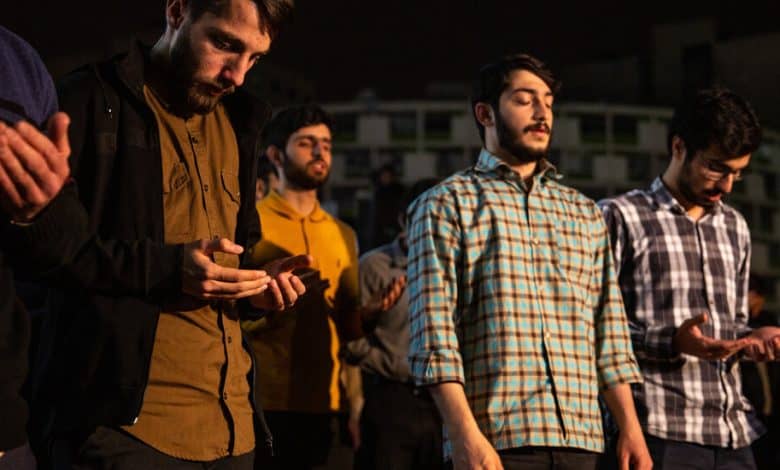Raisi’s Death Threatens New Instability for Iran

The sudden death of Iran’s president, Ebrahim Raisi, opens a new chapter of instability just as the increasingly unpopular Islamic Republic is engaged in selecting its next supreme leader. Mr. Raisi, 63, had been considered a prime candidate, especially favored by the powerful Revolutionary Guards.
Even before the helicopter crash that killed Mr. Raisi, the regime had been consumed with internal political and religious struggles as the supreme leader, Ali Khamenei, 85, the longest-serving head of state in the Middle East, is in declining health.
But given fears of instability at a time when the Islamic Republic is facing internal protests, a weak economy, endemic corruption and tensions with Israel, analysts expect little change in Iran’s foreign or domestic policies. Mr. Khamenei has set the direction for the country, and any new president will not alter it much.
The system is “already on a trajectory to make sure that the successor of the supreme leader is completely in line with his vision for the future of the system,” said Ali Vaez, the Iran director at the International Crisis Group.
He described “a pretty hard-line vision” in which key areas of foreign policy, like support for regional proxy militias and developing components for a nuclear weapon, are not going to change.
Whoever is chosen as the next president, Mr. Vaez said, “has to be someone who falls in line with that vision, a subservient figurehead.”
